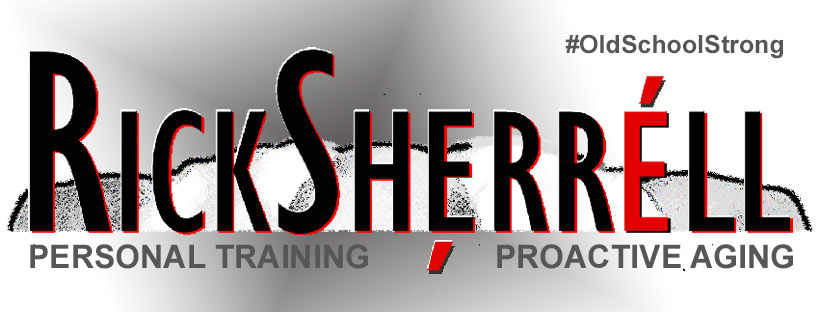
Let’s get real: Nobody—and I mean nobody—hits a sweet dink when they’re dancing across the court. If you’re moving mid-swing, you’re compromising both the power and accuracy of your shot. Pair that with unsteady balance, and you’ll be flailing around trying to recover from your own momentum—not exactly a winning combination.
The Two Biggest Challenges
- Moving While Hitting: We’ve all seen (or been) the player who’s racing to the ball, paddle flailing, taking a wild swing on the run. This almost guarantees a weak shot (often soaring out of bounds) or a pop-up that your opponent smashes back at you.
- Lack of Balance: Poor posture, little to no knee bend, and an unstable lower body are surefire ways to lose a rally. If you’re stumbling sideways right after contact, you’re in no position to respond to the next shot.
So, What’s the Big Deal?
In my Proactive Aging Blueprint, I always emphasize the importance of functional movement and body awareness—both of which are crucial on the pickleball court. If your muscles aren’t conditioned to stabilize your joints, or if you’re not used to quickly setting your feet before striking the ball, you’ll find yourself off-balance more often than not. That sets off a chain reaction of errors and potential injuries.
Fitness Elements That Help You Stay Balanced
- Leg Strength and Stability: Strong quads, hamstrings, and glutes are your “shock absorbers.” They help you plant your feet firmly and keep you from toppling during quick changes of direction. Exercises like squats, lunges, and wall sits go a long way.
- Core Control: Your core (abs, obliques, lower back) keeps your spine aligned and stable. Incorporating planks, bird dogs, and standing rotational exercises helps you maintain good posture in those split-second rallies.
- Agility and Footwork Drills: Practicing shuffle steps, lateral bounds, or ladder drills trains your body to get into position before making contact with the ball.
Tips to Tame Your Feet and Your Balance
- Plant Your Feet Before You Swing: When you see the ball coming, move your feet quickly to the spot, but aim to be as still and stable as possible at the moment of impact.
- Bend Your Knees: This lowers your center of gravity and engages your larger leg muscles for a stable base. Think of it like shock absorption: the lower you go (within reason), the more stable you become.
- Use Your Non-Paddle Arm: Balance isn’t just about your legs. A slightly extended opposite arm can help counterbalance your body when you’re lunging or leaning for a shot.
- Hustle First, Hit Second: Speed and balance can coexist if you time them correctly. Sprint or shuffle to the ball, get set, and then make your shot. Trying to do both at once leads to awkward, off-balance hits.
- Strengthen and Stretch: Strong muscles stabilize your joints, while flexible muscles allow fluid movement. Combine strength work (squats, lunges, planks) with regular stretching or mobility exercises to keep your hips, hamstrings, and lower back limber.
Why It Matters for Your Blueprint
Remember, pickleball isn’t just a sport — it’s part of a greater health journey. Improving balance and footwork helps you play more confidently, reduces your risk of injuries, and translates into daily life activities like climbing stairs or carrying groceries. It’s all about reinforcing solid movement patterns, building strong legs and a stable core, and consciously working on your ability to stop and start quickly.
Level Up at Your Next Session
If you’re tired of feeling like a spinning top on the court, swing by a local Drilling & DUPR session and work on building that bulletproof base. With the right training, you’ll be planting your feet firmly, striking with confidence, and getting in position for that next shot—no cha-cha required.
PEACE,
Rick
